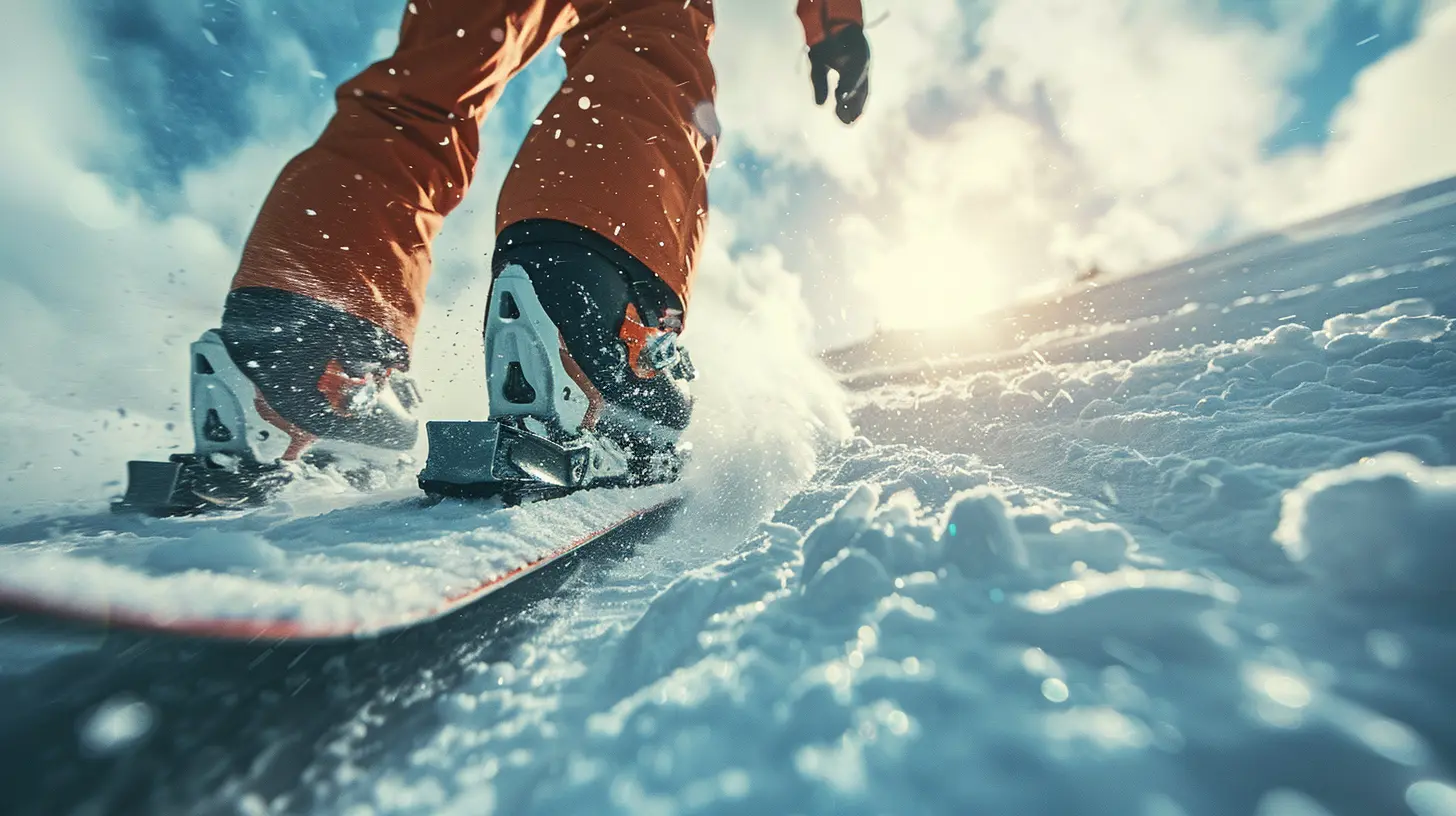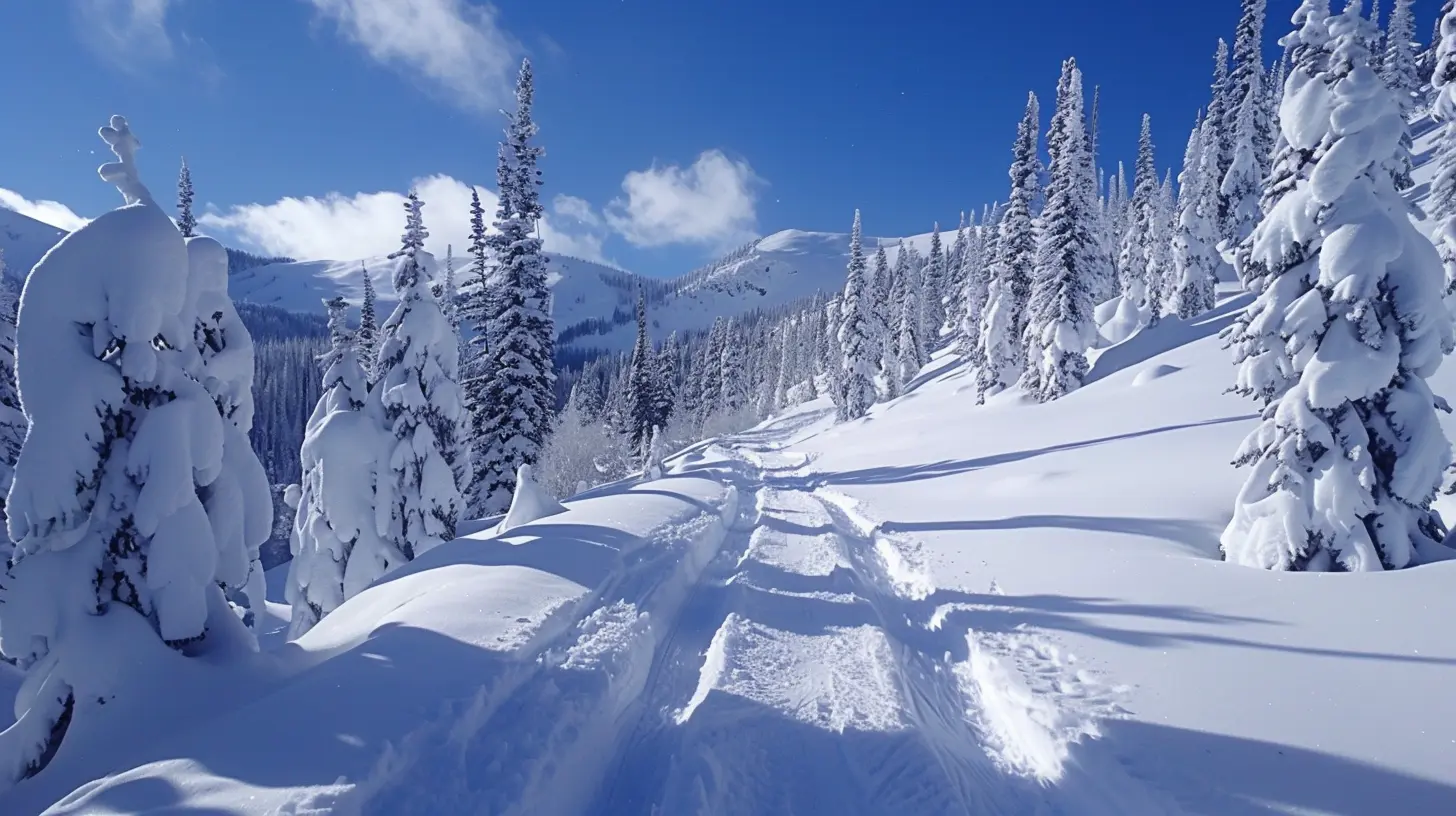Exploring Backcountry Snowboarding: What You Need to Know
15 November 2025
Backcountry snowboarding—just saying it gets your adrenaline pumping, right? There’s nothing like shredding untouched powder miles away from noisy ski resorts. It’s peaceful, wild, and downright exhilarating. But before you ditch the lift lines and head for the high alpine zones, there’s a lot you need to know. This isn’t your average ride down a groomed slope. It’s raw, unpredictable, and requires a serious level of preparation.
So, let’s dig into everything you should know about backcountry snowboarding—from the gear essentials and avalanche safety to training, terrain, and making smart decisions in the wild.
The Allure of the Backcountry
Why do snowboarders venture beyond the ropes? Simple—freedom. No crowds, no lift lines, no cookie-cutter trails. Just you, your board, and endless terrain waiting to be carved. Backcountry riding gives you a sense of connection to nature that’s hard to replicate anywhere else.Plus, the snow? Immaculate. Resorts get tracked out fast. But out there in the backcountry, you’re often the first one dropping in after a fresh storm. It’s a feeling you can’t beat.
But with that thrill comes risk.
This Ain’t the Resort: Understanding the Risks
Let’s not sugarcoat it—backcountry snowboarding can be dangerous. The terrain is uncontrolled. There are no ski patrols. If something goes wrong, it's you and your group figuring it out. Avalanches, sudden weather shifts, tree wells, and injuries are real threats. That’s why preparation isn’t optional—it’s survival.Too many riders jump into the backcountry with a resort mindset. Don’t be that person. Know the risks, respect the mountain, and plan like your life depends on it—because out there, it does.
Training First, Riding Second
Before you strap in and ride out of bounds, get educated. Seriously.Avalanche Safety Courses
Start with an Avalanche Level 1 course. These are offered by certified providers and include classroom work plus crucial field training. You’ll learn how to:- Read avalanche reports
- Use a beacon, probe, and shovel effectively
- Recognize avalanche terrain
- Make smart group decisions
- Perform a companion rescue under pressure
It’s basic stuff—but it’s life-saving.
Snow Science Basics
You don’t have to become a meteorologist, but understanding how snow layers form and change is key. Weak layers buried under hard slabs create prime avalanche conditions. Knowing what to look for helps you avoid those “sketchy” zones.Build Physical Conditioning
Backcountry snowboarding is hardcore cardio. There are no lifts—you’re hiking or skinning up every vertical foot. Your legs, lungs, and mental endurance need to be on point. So train like you mean it.
Must-Have Gear for the Backcountry
This isn’t the place to skimp on equipment. Every piece of your setup should be reliable, durable, and functional.Snowboard Setup
You’ll want a splitboard if you're serious about touring. It splits into skis for uphill travel and reconnects for downhill riding. Add climbing skins for grip on the ascent.Don’t forget:
- Backcountry-specific bindings
- Stiff boots with touring capability
- Helmet (always, no exceptions)
Safety Gear
There’s no debate here. If you’re out of bounds, you need a full avalanche safety kit:- Beacon: Sends and receives signals to locate buried riders
- Probe: Pinpoints the victim’s location under snow
- Shovel: For digging them out fast
Also smart to pack:
- Avalanche airbag (adds survival stats if caught in a slide)
- First aid kit
- Headlamp (you’d be shocked how fast it gets dark in the mountains)
- Multi-tool and repair kit
- Navigation tools (GPS, compass, map)
And yes, learn how to use it before you go.
Picking the Right Terrain
Not all backcountry zones are created equal. In fact, some should be avoided altogether, especially if you’re new to this.Start Easy
Begin with mellow terrain—think lower-angle slopes below 30 degrees. These are generally safer and still offer some fun lines. This is where you practice your touring, transitions, and route-finding skills without added risk.Know Avalanche Terrain
Slopes between 30–45 degrees are the most avalanche-prone. Combine that with poor snowpack or sketchy weather and you've got a potentially deadly combo. If you're unsure, stay off steep faces and convex rolls.Use Online Tools
Sites like Avalanche.org or regional avalanche centers post daily forecasts and warnings. Check them before you even think about heading out. And always reassess conditions in real time.Reading the Weather Like a Pro
The weather makes or breaks your day—and your safety. Backcountry conditions can shift on a dime. A bluebird morning can turn into near-zero visibility whiteout in hours.Watch the Wind
Wind moves snow and can rapidly build dangerous slabs on leeward slopes. If it’s been gusty for days, assume fresh loading and steer clear of steeper terrain.Temperature Changes
Rapid warming (especially with sun) can make the snowpack unstable. Cold snaps can harden surfaces into ice crusts. Both scenarios impact avalanche risk and riding quality.Bottom line? Always check the forecast. Then check it again.
Group Dynamics: Choose Your Crew Wisely
Let’s be blunt—your riding buddies in the park might not be the crew you want in the backcountry. Good decision-making, trust, and communication are everything out there.Group Size
Keep it small. Three to five people is ideal. Big groups are harder to manage and put more stress on terrain.Roles Matter
Assign clear roles—who’s navigating, who’s tracking time, who’s tailing. And always conduct a buddy check on gear before heading out.Speak Up
If something feels off, say so. The mountain doesn’t care if someone’s ego gets bruised. Listen to gut feelings—they’re usually on point.Skinning and Touring Tips
Moving uphill efficiently is a skill in itself. The better you get at skinning, the more fun you’ll have riding down.- Keep your strides short and consistent
- Use low angles in your skin track to conserve energy
- Take breaks before you’re exhausted, not after
- Maintain your kick turns tight and controlled on steeper ascents
It’s not a race—pace yourself and stay aware of your surroundings as you climb.
Riding Mindfully
Once you’re at the top, take a break, scope your line, and double-check gear before you drop in.Drop One at a Time
Always ride steep terrain one person at a time. This way, if something slides, the rest of the group can respond.Avoid Terrain Traps
Steer clear of gullies, tree wells, and closed bowls where snow can pile deep in a slide. These are deadly zones.Stay in Visual Contact
Make sure you can always see at least one person in your group. Radios help, too.What to Do in an Emergency
Even with planning, things can go sideways. That’s why knowing how to respond is crucial.- If someone is buried, act fast—time is everything
- Use your beacon to locate them within seconds
- Probe and dig quickly, being careful not to injure them further
- Start CPR if needed and call for help immediately
Cell service can be unreliable, so consider carrying a satellite communicator or beacon like a Garmin inReach.
Practice Makes Prepared
The best backcountry riders aren’t just bold—they’re prepared. They’ve practiced rescues, spent time with snow pits, dialed their gear, and built solid decision-making habits.So before you hit those dream lines, put in the reps:
- Attend refreshers each season
- Go on practice tours
- Simulate rescue scenarios
- Hone your riding in varied conditions
It’s like muscle memory. When things go wrong, you'll respond instead of panicking.
Final Thoughts
Backcountry snowboarding is straight-up magical. It’s a deep dive into nature, freedom, and technical riding that the resort will never offer. But it’s not something to take lightly. Do your homework, train hard, and build experience slowly. Respect the mountains—they don’t hand out second chances.So, are you ready to earn your turns?
If you're patient, humble, and prepared—it might just be the best adventure of your life.
all images in this post were generated using AI tools
Category:
SnowboardingAuthor:

Easton Simmons

